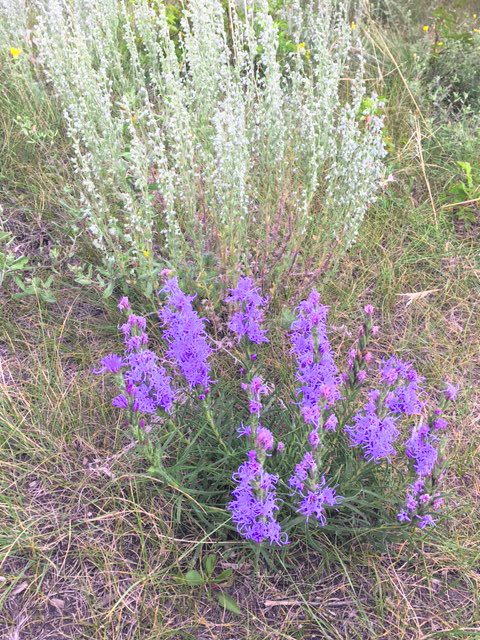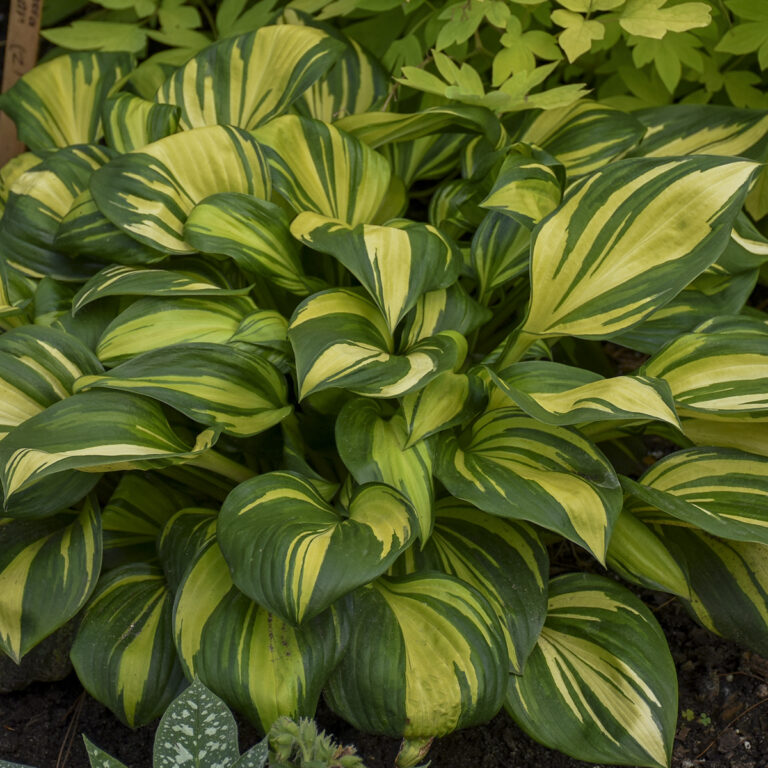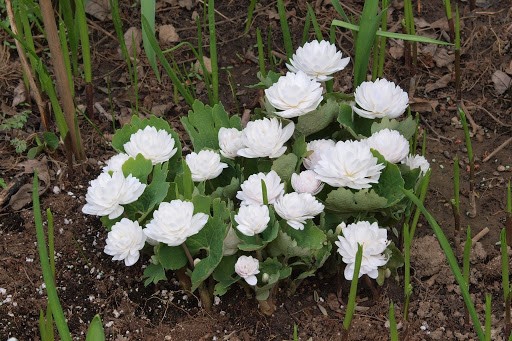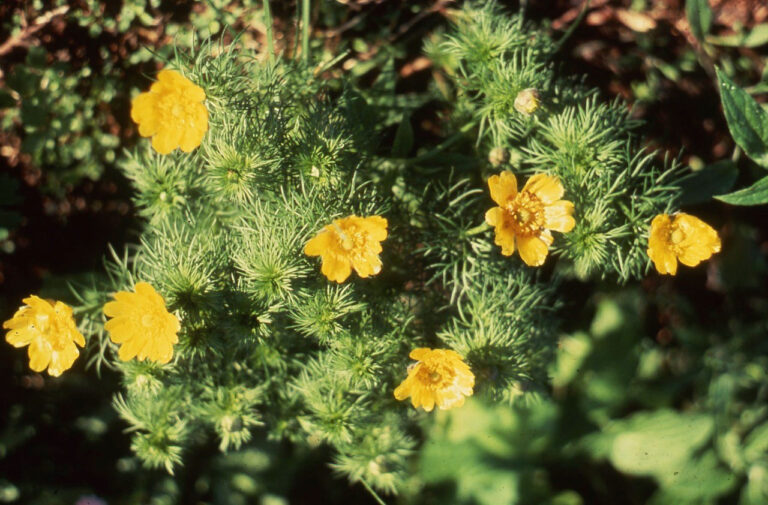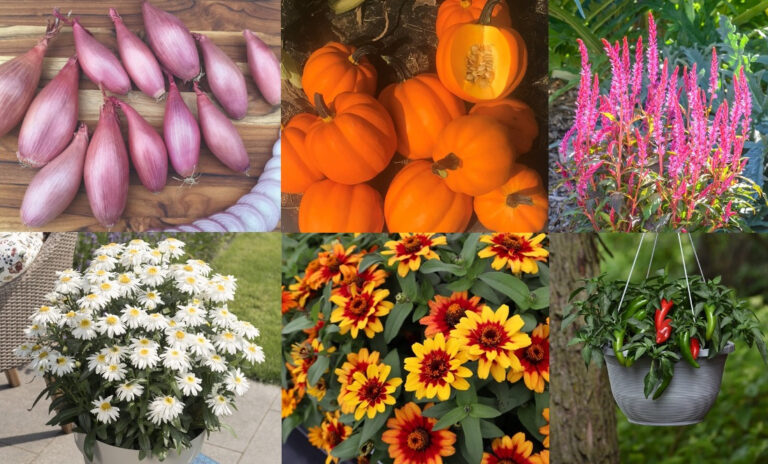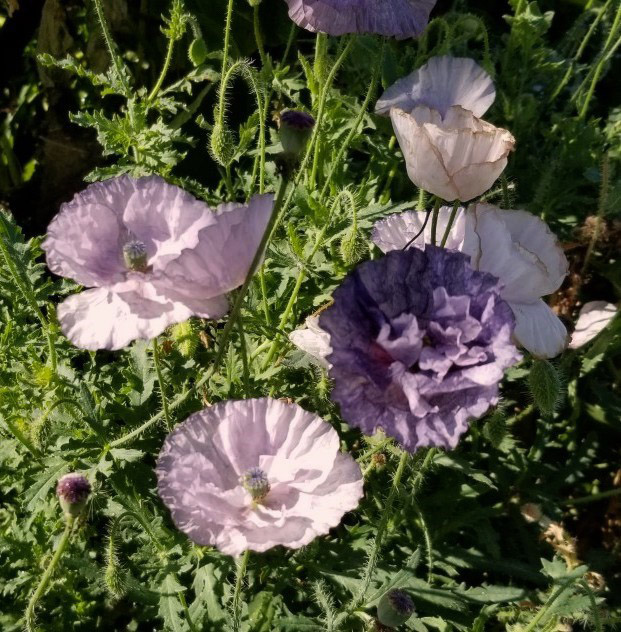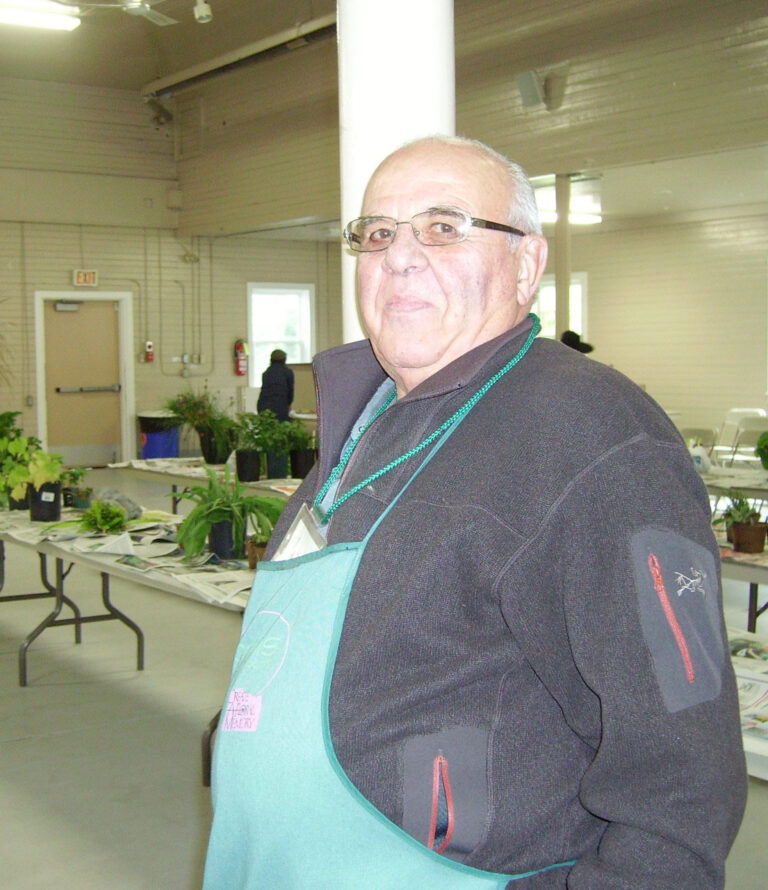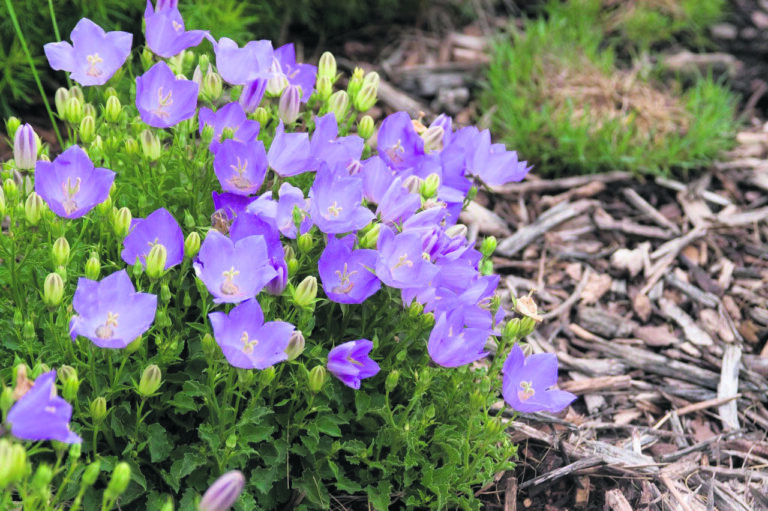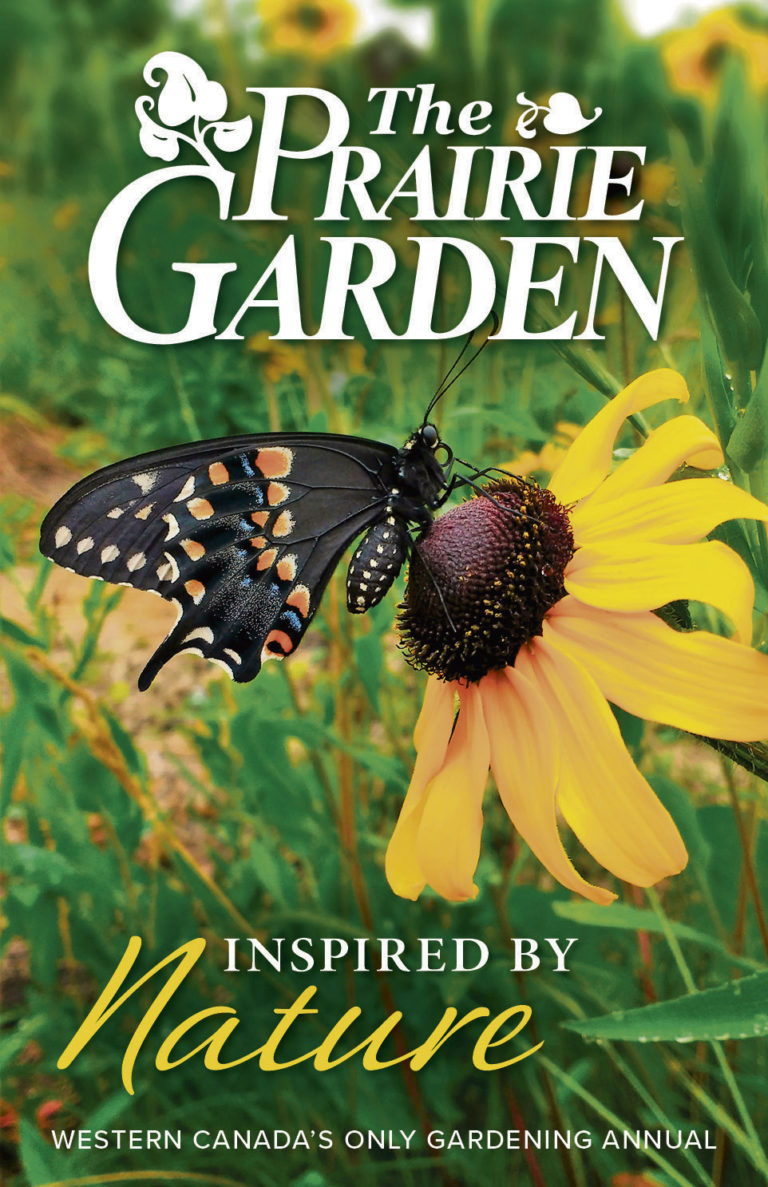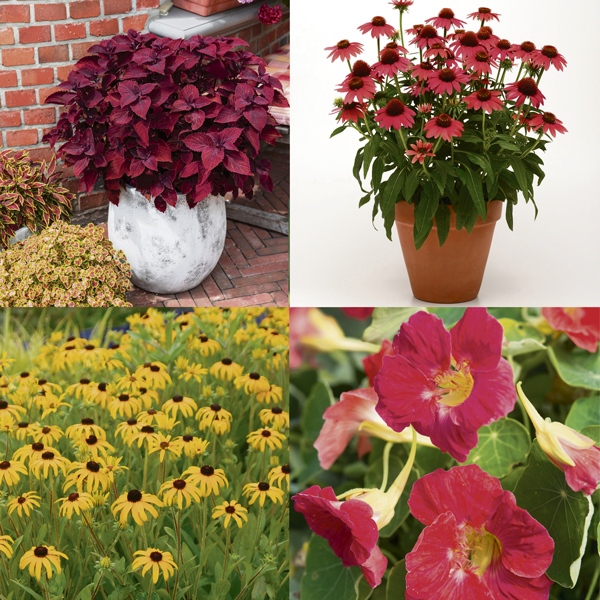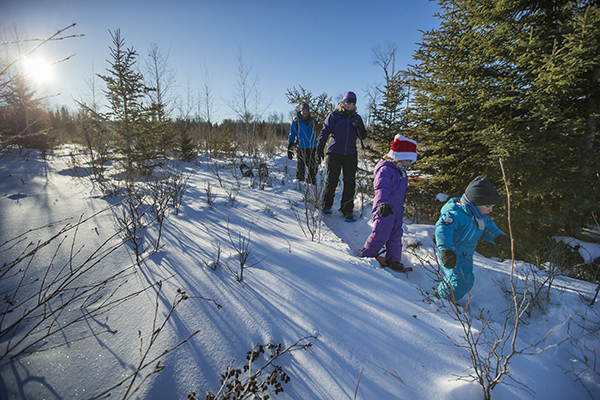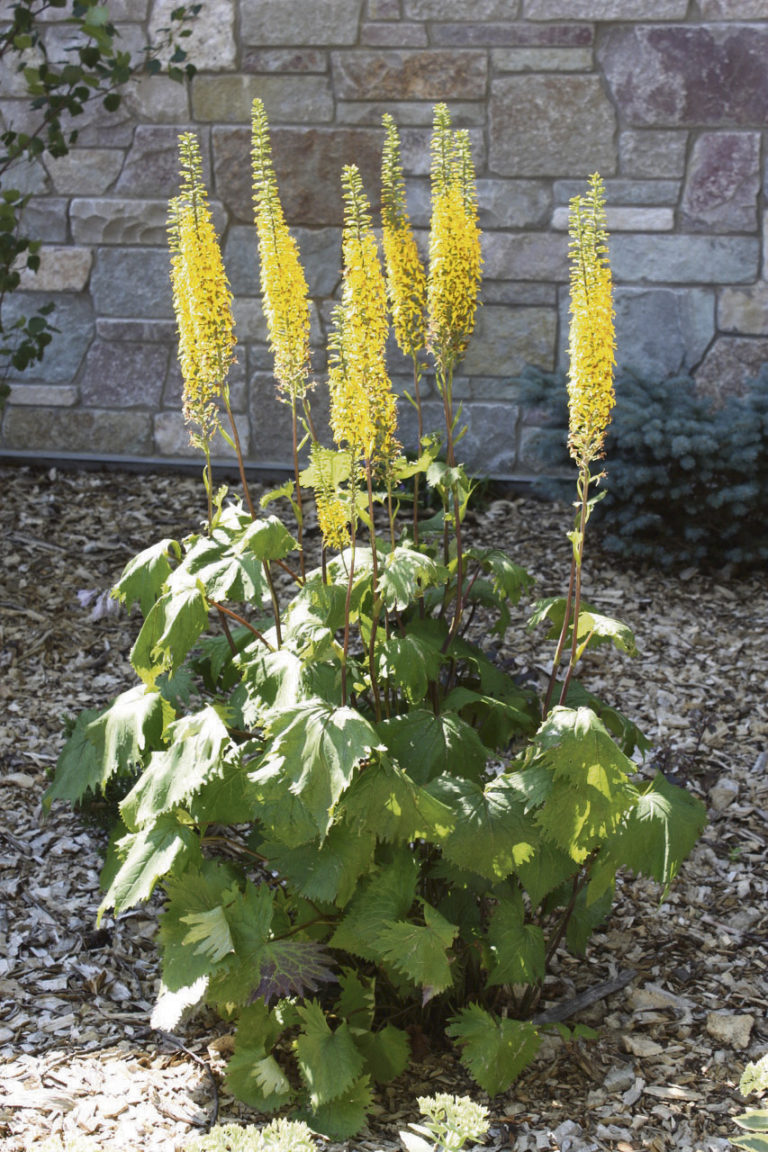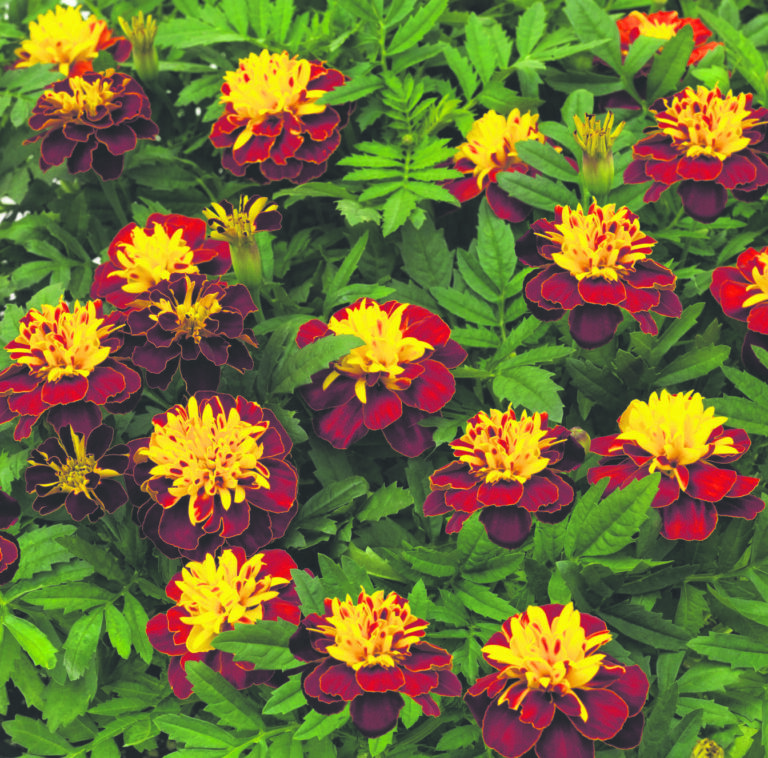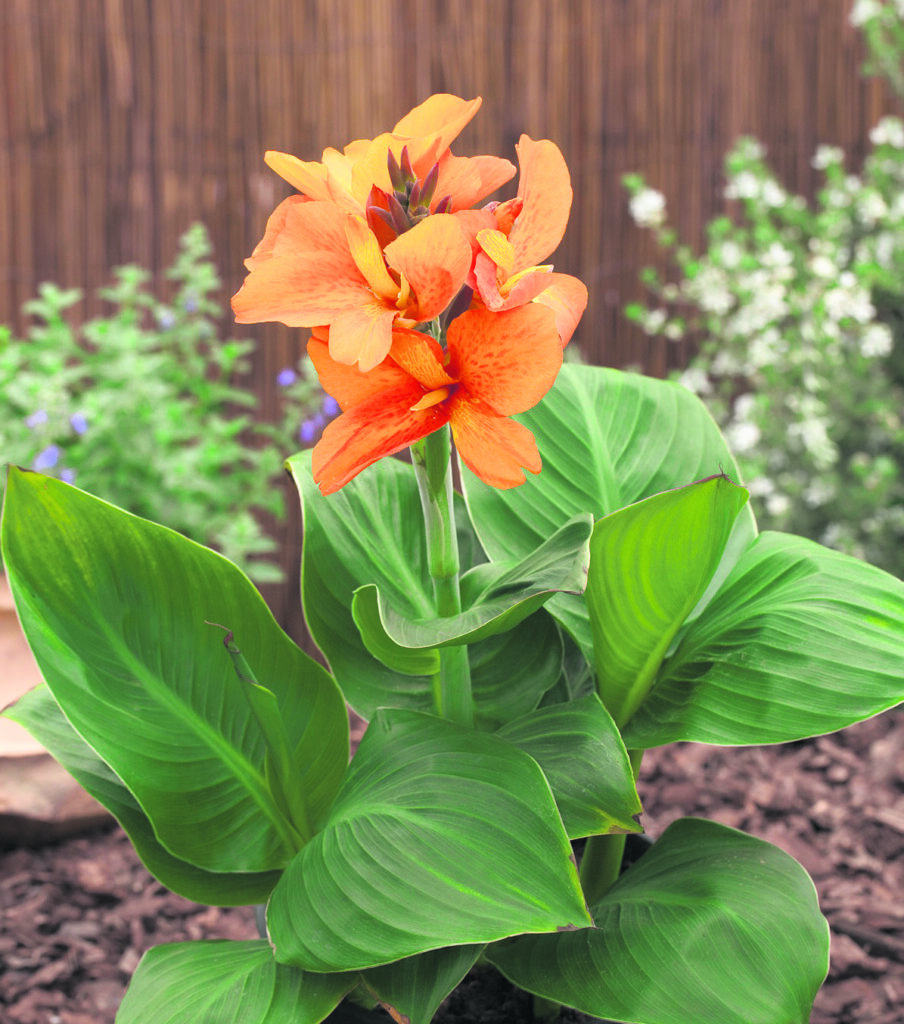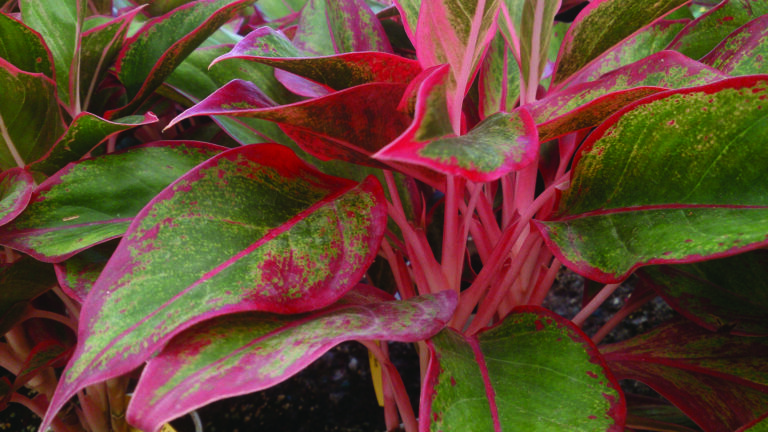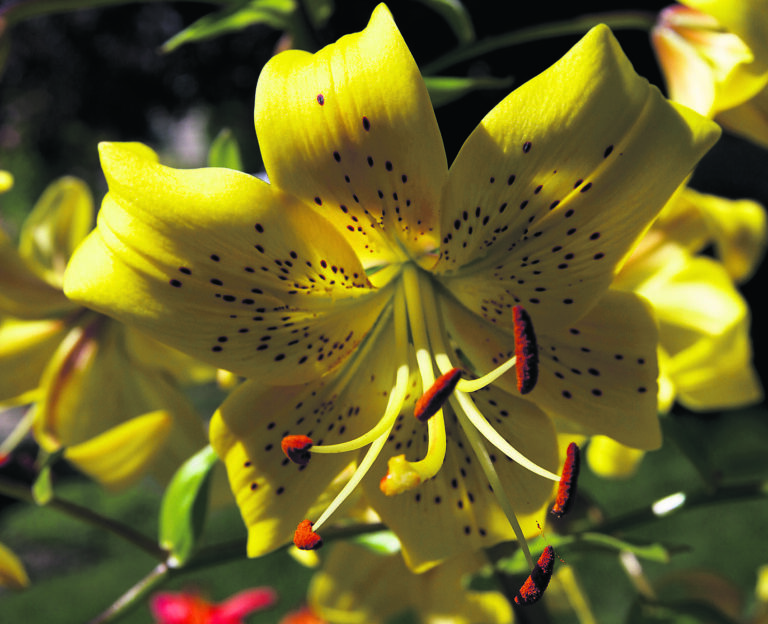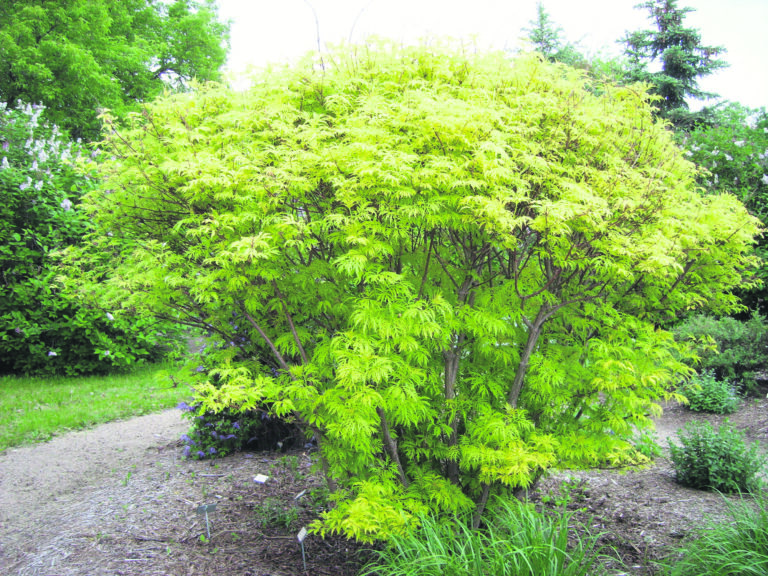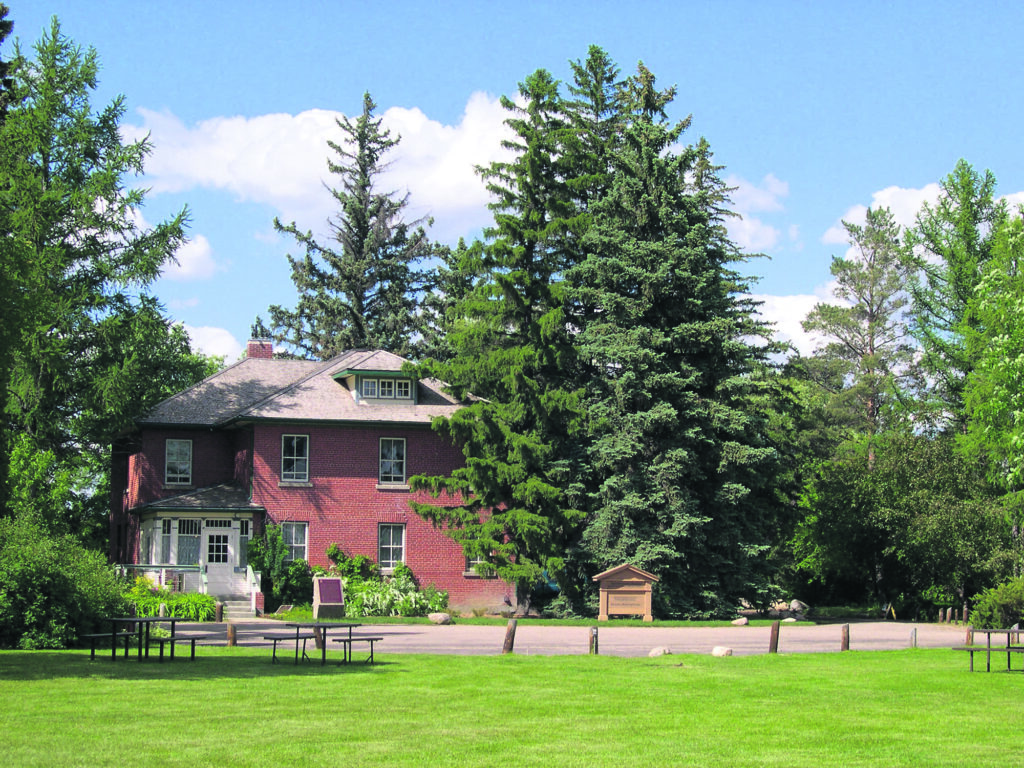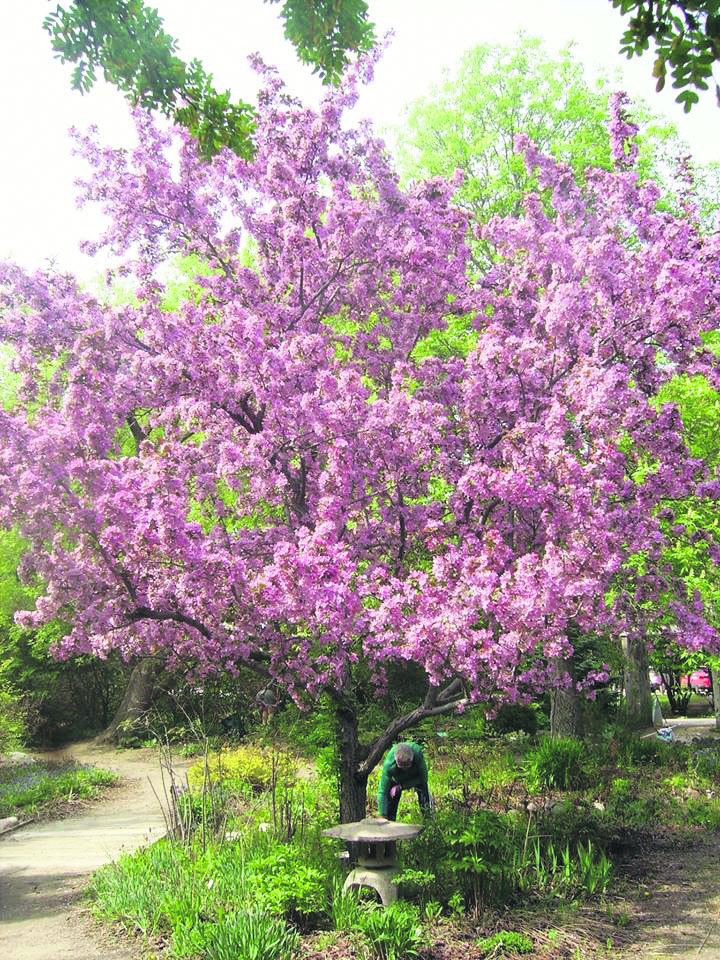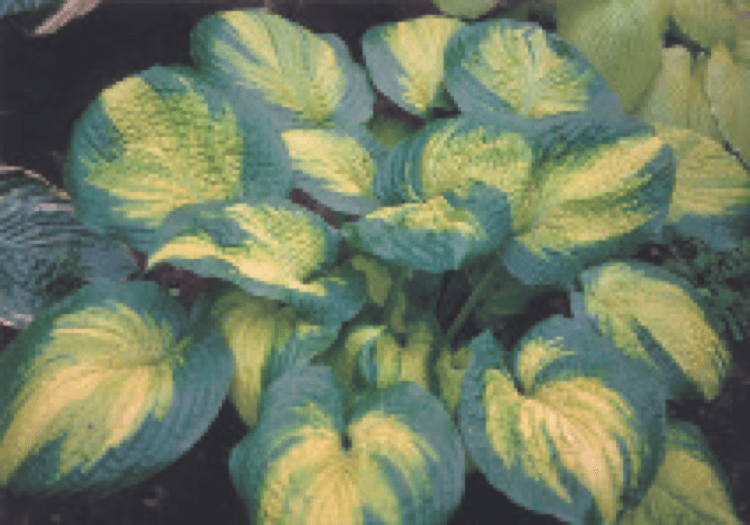By Jackie Bantle
As you look forward to spring and warmer weather, its time to start exercising those green thumbs. Consider growing your own transplants for your garden. The excitement and challenge of planting seeds, waiting for them to emerge and caring for the tiny plants until they are ready to be released to the outdoors is an excellent late winter activity for children and adults. Growing your own transplants also enables you to grow vegetable cultivars that might not be available at your local greenhouse. It is time to start planting some of those seeds!
Vegetables that must be transplanted in order to mature during our relatively short growing season include: tomatoes, peppers, celery, eggplant, Spanish onions, leeks and Brussels sprouts. Vegetables that benefit from transplanting in the Prairie garden but are not required to be transplanted include: cauliflower, broccoli, cabbage, melons, squash, pumpkins, cucumbers and corn.
Not all vegetables should be seeded immediately. Some vegetable seed takes longer to germinate or, grows very slowly once it has germinated. Other vegetables dislike having their roots disturbed and are best transplanted outdoors when they are only 1-2 weeks old.
The following table summarizes seeding dates for common vegetables that are transplanted.
| Vegetable Type | Date to Seed | Seeding Depth (cm) |
| Pepper | March 15 | 0.5 |
| Tomato | March 30 | 0.5 |
| Eggplant | March 30 | 0.5 |
| Celery | March 10 | Cover very lightly – celery seeds need light to germinate |
| Spanish Onions | March 20 | 0.5 |
| Leeks | March 10 | 0.5 |
| Brussels sprouts and other brassica crops | April 10 | 0.25 |
| Vine crops, corn | May 7 | 1 |
The following table summarizes seeding dates for common vegetables that are transplanted.
Vine crops and corn do not like to have their roots disturbed. Grow these transplants in a Jiffy 7 peat pellet or a biodegradable container. Both the container and the Jiffy 7 can be planted directly in the ground without disturbing the plant roots: the developing roots will grow through the netting or the container.
A few basic guidelines for growing your own transplants indoors will help ensure success.
1) Use a commercially prepared media that has a mix of peat, vermiculite and perlite. Garden soil is NOT recommended for any container since it does not drain properly and can be a source of insects and disease.
2) Containers should be clean and must have drainage holes in the bottom to ensure excess water drains away; thereby preventing root rot diseases.
3) Adequate lighting is crucial for growth of healthy transplants. Supplemental lighting will be necessary. Grow-lights can be purchased at most garden centers. Place the lights 30-45 cm above the seedlings for 12-14 hours per day. To test if the lighting is sufficient, the shadow cast on a white piece of paper at midday by an object 10-15cm above the paper should have a definite outline.
4) Most commercial medias contain very few nutrients. Apply a water soluble 20-20-20 fertilizer once/week. Mix according to label directions.
The ideal transplant has a good root system but is not root bound. The stem will be strong and the internodes between the sets of leaves will be small. Transplants that are too tall will tend to break and dry out more easily once planted out into the garden. To control transplant height, lightly brush the tops of the plants with a wooden stick or a rolled up towel or, place an oscillating fan approximately 3 feet from the transplants for 6 to 8 hours/day. The gentle brushing or the gentle breeze will tend to decrease transplant height and strengthen stems.
A large difference between day and night temperatures can also result in elongated transplants. Warm days followed by cool nights tend to increase the internode length, resulting in ‘stretched’ plants. Aim to keep the day and night temperatures within several degrees of each other to help minimize the length between internodes.
‘Damping Off’ is a fungal disease that can be a problem when starting seedlings. Symptoms include poor seed germination or water-soaked, soft spots on the stem just above the soil line in newly emerged seedlings. The seedlings topple over where the stem has become constricted. No treatment is available for Damping Off. Prevent the disease by using clean pots, providing adequate air movement around seedlings and resisting overcrowding seedlings.
Good luck growing your transplants. Spring will be here before we know it!
This column is provided courtesy of the Saskatchewan Perennial Society (SPS; saskperennial@hotmail.com ). Check our website saskperennial.ca) or Facebook page (facebook.com/saskperennial). All Saskatchewan Perennial Society events are on hold until further notice.


